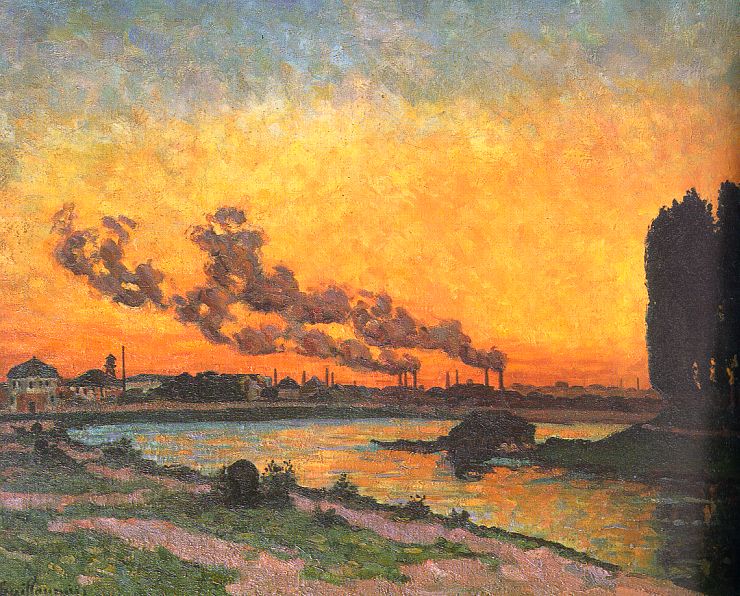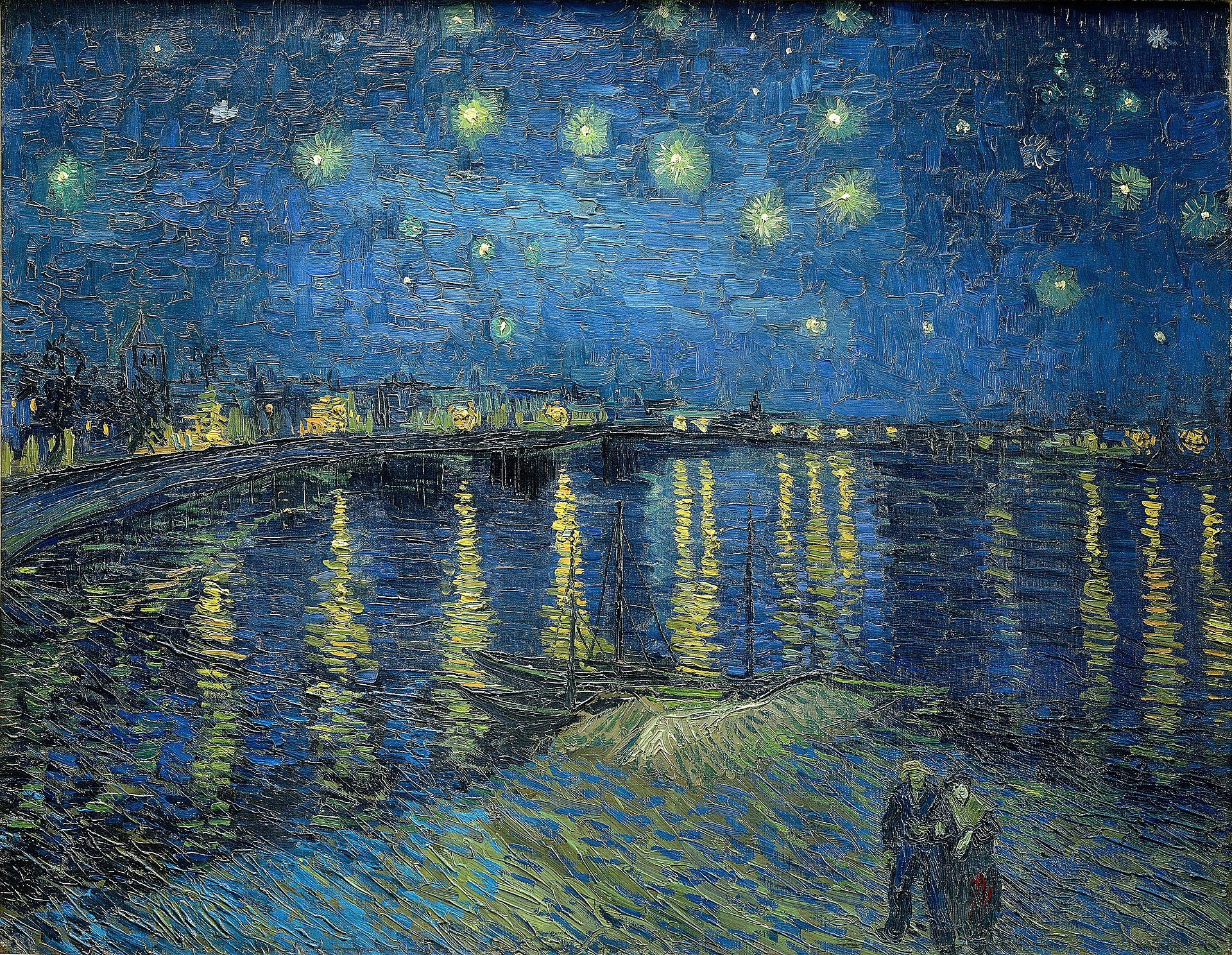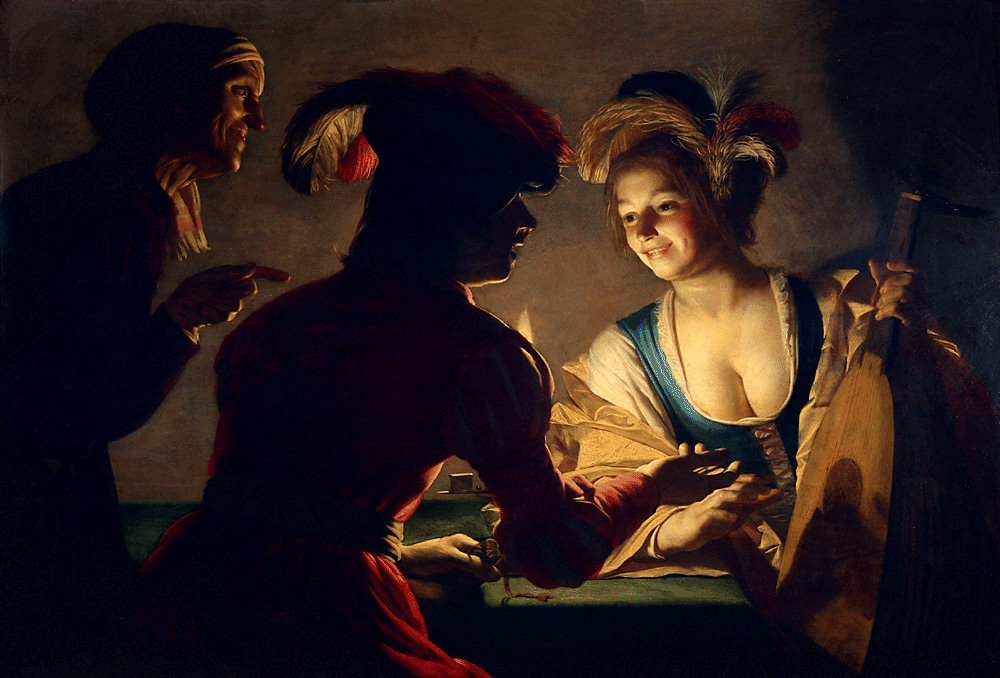painting techniques
I couldn't stop thinking about a painting technique, about the use of over-painting and seeing underneath, that I remembered reading in a Basquiat book I have, however I couldn't remember what it was called.
Rather than searching through the pages of the book, i decided to first go to google and ended up finding a lot of other techniques.
I couldn't find it by searching online, so I then began skimming through book and found it!
Rather than searching through the pages of the book, i decided to first go to google and ended up finding a lot of other techniques.
Repoussoir
☆it is an object along the right or left of the foreground that directs the viewers eye into the composition by bracketing/framing the edge.
☆ it became popular with Mannerist & Baroque artists and is frequently found in Dutch 17th Century landscape paintings.
☆ Jacob Van Ruisdael often included a tree along one side to enclose the scene.
mannerism: known as late renaissance. emerged around 1520 and lasted until around the end of the 16th century italy.
baroque: is a highly ornate/extravagant style of architecture, art & music that emerged early 17th century til the late 18th century.
The Jewish Cemetery (1655-60) by Jacob Isaaksz van Ruisdael | oil .
The tree in the the right foreground is an example of repoussoir that directs the focal point
☆ I like the texture of the clouds with the light coming through and the earth tones of the bottom half of the painting. It looks very magnificent and glorified.
Paris Street; Rainy Day (1877) by Gustave Caillebotte
The man on the far right with the tilted umbrella is another example of repoussoir.
Effets de Soir
☆ the effects of light caused by the sunset, twilight, or darkness of the early evening or matins.
☆ they appear often in works of Van Gogh, Berard Fries, etc
☆ part of the techniques used by Impressionists such as impasto (thick paint, usually strokes visibly)
Sunset at Ivry by Armand Guillaumin
The Night Cafe by Van Gogh
Starry Night Over The Rhone by Van Gogh
Chiaroscura
☆ the use of strong contrasts between light and dark, usually bold contrasts.
☆ artists known for developing the technique are: Leonardo Da Vinci, Caravaggio, & Rembrandt.
☆ it is one of the four canonical painting modes of Renaissance art.
Sacred and Profane Love (1602-03) by Giovanni Baglione
☆ the light in this is like a lot of renaissance paintings that use chiaroscura with the dramatic stance and pose of the main subject. Magnificent, Holy, Magical.
Christ at Rest by Hans Holbein the Younger | using pen, ink & brush, washes, white heightening on ochre prepared paper
☆ I really liked the style of this, with the contrasting black and white lines/sketch.
The Matchmaker by Gerrit van Honthorst
☆ interesting to see the contrast of light of the faces. The foreground are more silhouetted and the back is in full light. an interesting perspective.
Allegory, Boy Lighting Candle in Company of Ape and Fool by El Greco
The Flight to Egypt by Adam Elsheimer
☆ Love the tones in this. secretive groups. stretch of the almost luring night sky.
Staffage
☆ name for the human and animal figures depicted in a scene, especially a landscape, that are not the primary subject matter of the work.
☆ 'staffage' in German meant 'accessories' or 'decoration'
A View of the Roman Campagna from Tivoli, evening (1644-45)
Prestezza
☆ A painting technique that utilises rapid brush strokes to make impressions of faces & objects as opposed to painting them out in detail
Christ Washing the Disciples' Feet (1548-49) by Tintoretto. Period: Mannerism
Shows background figures painted with the Prestezza technique
☆ Halo of light behind head is very cool.
Elisha Multiples the Bread (1578) by Tintoretto
Figures on the centre right appear almost as outlines.
☆ liked the figure to the left with the dark sketchiness.
"PENTIMENTO"
I had it in my mind that it was a french word i was hunting for, however it turned out to be italian.
"Basquiat began increasingly to overlay several coats of color and to create pictorial elements and lettering before then partially erasing them. This can be observed in one particular instance in the development of the painting Irony of Negro Policeman (1981)"
"It is characterised by an intensely colored back ground dominated by red, pink, and pale blue and built up in several coats of paint, while contours and individual pictorial figures, such as the two crowns on the top left, are drawn in oilstick... ... he covered the blue-pink-red background in white. By keeping the white slightly transparent, the former colours were allowed to shimmer through"
Basquiat described his technique as:
"I scratch out and erase but never so much that they dont know what was there. My version of pentimento."








_2.jpg/1920px-Adam_Elsheimer_-_Die_Flucht_nach_%C3%84gypten_(Alte_Pinakothek)_2.jpg)
%3B_Claude_Gell%C3%A9e%2C_called_Le_Lorrain.jpg)




Comments
Post a Comment